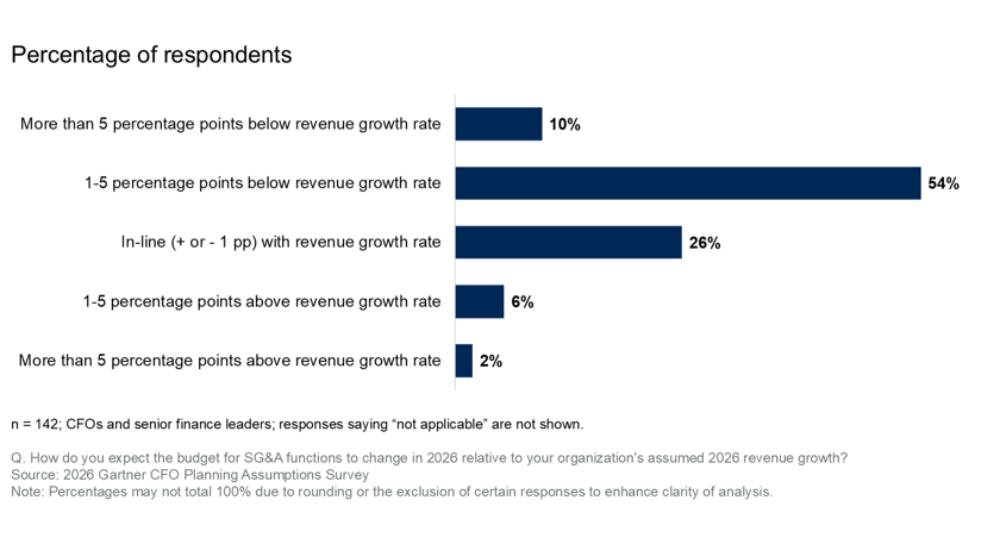There are several important takeaways from the CDP BCG report. The first one is that there are many companies, that set environmental targets, but these are not aligned to a pathway of the 1.5 degree objective.
Sometimes the companies, do not really act upon them or because they are not using science based methods for measuring. So, they measure things that are not compatible to other measures or, more frequently, because they do not take into accounts their end to end mission – their supply chain and Scope Three.
The BCG CDP data show that greenhouse gas emissions, for a company’s supply chain is 11 times, more than their operational emissions, Scope One and Two.
Another take away is that there is hope that corporate buyers have the ability to change at the required scale and speed by influencing top-down, their suppliers. And we can see this in the number of companies who participated in the BCG CDP report. Some companies have made it mandatory for their suppliers to participate in it.
One way of doing this is using the sustainable procurement pathway from BCG and CDP. That includes all aspects of a company, starting from strategy, people, processes, all the way to technology and communication. And put them through a five steps process. Each one has a number of steps and measurable KPIs and so on. This is the way forward.
Another important takeaway is that action is urgent, because as the CDP BCG report demonstrates, there is an important time lag between the moment the company decides to disclose data about the mission, especially Scope Three. The moment they create the mechanism required to collect all this data; the moment they use this data to measure their impact; and the moment they act.
Are we in the right path? Probably not. Because of the time lag mentioned before.
Going from the moment you decide to start collecting data and doing something about it until the moment you act, there is a very large lag. It is measured in years. And as we see, at least now, the number of companies who start acting that does not increase more than 5% per year.
With that rhythm, it will take us 20 years until everybody starts doing something. And if it takes us 20 years until everybody starts doing something, we will largely overshoot our target. It is very important that action starts as soon as possible.
The targets that are associated with these two dates are of course related. If we miss one, we might miss the other one.
Why do we need a short term target and a slightly longer term target?
The short term we need because it is called call to action. Given the current rhythm of companies who start doing something, probably we are going to miss the 2030 target, which increases probability of missing the 2050 target.
The 2050 exists with the hope, or at least hopefully, that new technologies and new approaches will come up that will allow us new strategies and approaches of generating less CO2 equivalents.
The 2050 target and the fact that new technologies may come one day and help achieving this target should not stop companies from acting now. There is a clear correlation between targets of 2030 and 2050. If we start missing one, we might miss the other one as well.
If you look at the companies who report and are active in this domain, they usually have an open and positive company culture towards environmental issues and have a top management that is sensitized to those issues. If you look at the list of the companies who participated in the report, they cover all types of sectors and industries. For now, there is not a typical profile of a company who participates. It is a question of culture and willingness of the top management.
We see some leading indicators that will soon change this mix. Because in some countries, in some industries, we have started seeing increased shareholder pressure, which reflects reputational risks. And in some countries there is also emerging regulation, which will also change that.
All greenhouse gases are measured in CO2 equivalent. There is a way of transforming everything to CO2 equivalent. So, this is a key step in prioritizing what actions need to be taken. We are using something that is called the global warming potential, which is a characteristic that applies to all sources of energy. But by using this global warming potential to have a way of transforming everything to the same unit so that we can compare and prioritise.
We are not talking about disruption. We are talking about significant improvement of existing technologies. Significant improvement in the way we use solar energy, wind energy. Significant improvement in how we store energy which is of course an important issue in renewables energies. For now, there is no clear disruptive path that has been identified. Everything shows that we will continue decreasing energy consumption and thus the production of CO2.
Key takeaways
- Sometimes the companies, do not really act upon them or because they are not using science based methods for measuring.
- There is an important time lag between the moment the company decides to disclose data about the mission, especially Scope Three.
- From the moment you decide to start collecting data and doing something about it until the moment you take action there is a very large lag.
- As we see, at least now, the number of companies who start acting does not increase more than 5% per year.
- We are not talking about disruption; we are talking about significant improvement of existing technologies.
- With that rhythm, it will take us 20 years until everybody starts doing something.
- If it takes us 20 years until everybody starts doing something, we will largely overshoot our target.
- The targets that are associated with these two dates are of course related.
- Why do we need a short term target and a slightly longer term target.
- The short term we need because it is called call to action.
- The 2050 target exists with the hope, that new technologies will come up that will allow us to generate less CO2 equivalents.
Given the pace of companies measuring emissions we are probably going to miss the 2030 target, which increases probability of missing the 2050 target.





